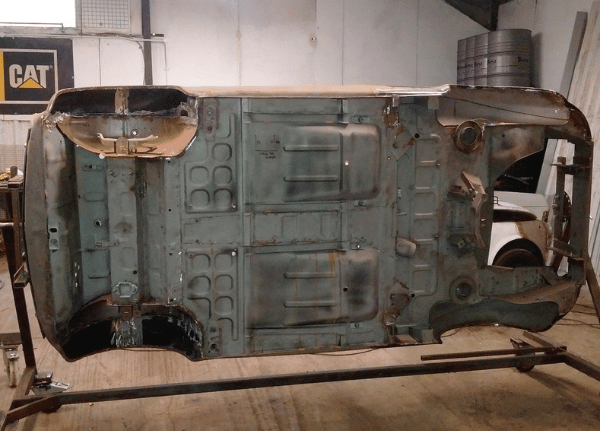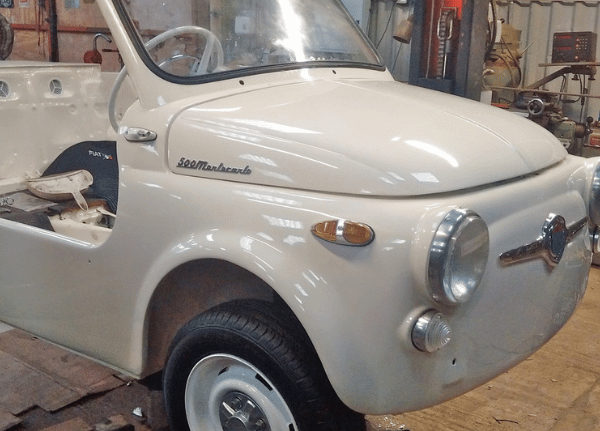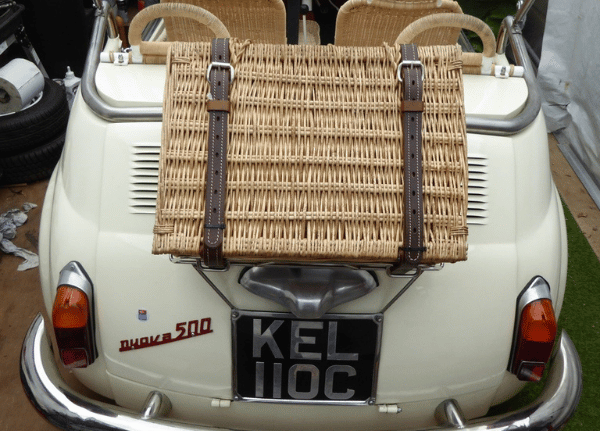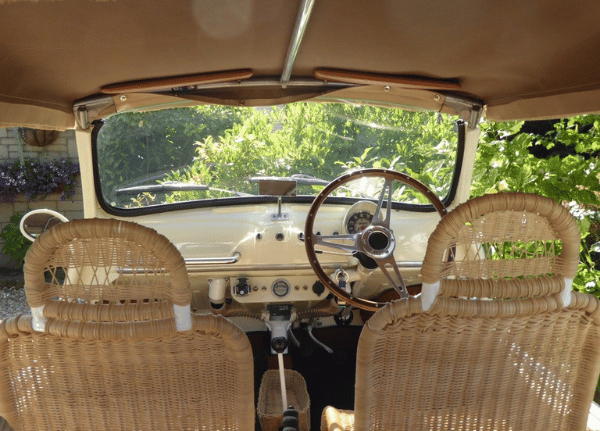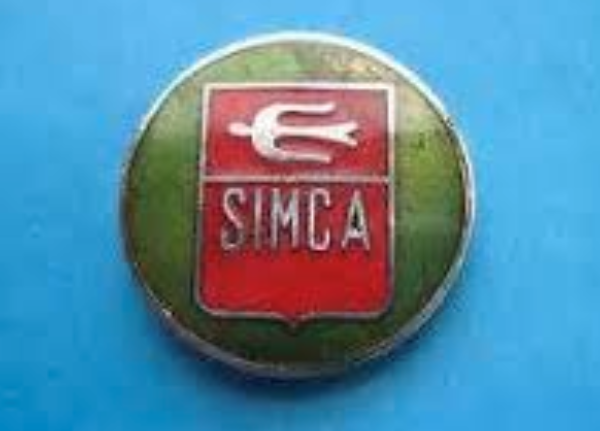Recently we’ve had the pleasure of catching up with Norton customer, Captain Kelvyne Baker, who is the proud owner of one of only three known 1965 Simca 500 Montecarlos in the world.
If you’re unfamiliar with the Simca, you’re not alone. Even Kelvyne himself didn’t realise what he had sat in his garage until decades after he first purchased it. When he did realise, it took him on a fascinating journey to learn about and restore this little rarity.
A voyage of discovery
‘I bought this car in the summer of 1993 from a Dr Kelloway in Bournemouth. Knowing that Simcas were built as Fiats, and as a Fiat enthusiast, I mainly bought it for spare parts. It had no engine or gearbox, and it lived in my workshop until two years ago when I decided to close it. Of course, this gave me an opportunity to wipe away the cobwebs on this little oddity, and since it hadn’t been used for spares like I’d originally planned, I figured it would be better to rebuild it rather than scrap it.’
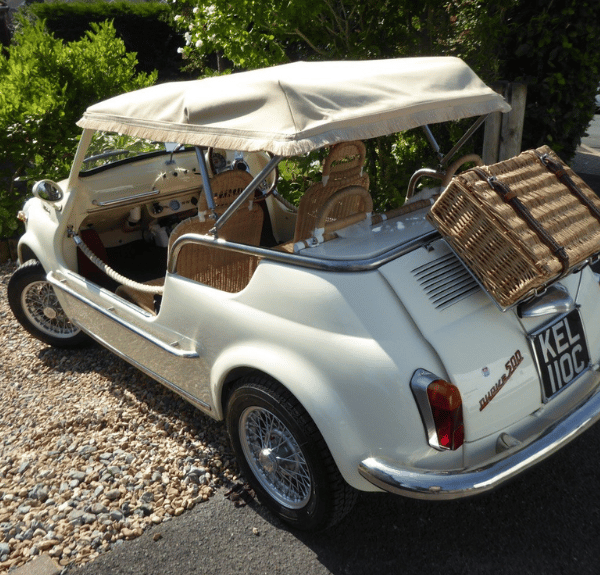
Kelvyne didn’t realise at the time what a good decision this would be. The diminutive motor from his workshop was one of the only potentially three usable Simca 500C’s left in the world.
The problem, however, was that when he came to start the restoration, there wasn’t much information around to give him a good place to start!
Simcas in Malta
As it turns out, the Simca 500 Montecarlo had absolutely nothing to do with its glamorous namesake. They were originally commissioned by the Maltese tourist board to get people around – from airport to hotel to town and back.
At the time, Simca was a part of the Fiat empire, which is why the Simca 500 looks like a Fiat 500. Around 10 of the right-hand drive curiosities were built in the Northern Paris factory for Malta, until they were abruptly decommissioned.
The law in Malta at the time stated that all driven automobiles had to be fitted with column gear change, but this wasn’t a possible conversion on this car. The Simcas didn’t fit the bill, so they were sold off almost immediately. Some were purchased by people in the Armed Forces who were stationed in Malta at the time. As of today, only one wreck is currently located on Malta (from the records of the Maltese transport office). There is one other in poor condition in Limassol, Cyprus.


